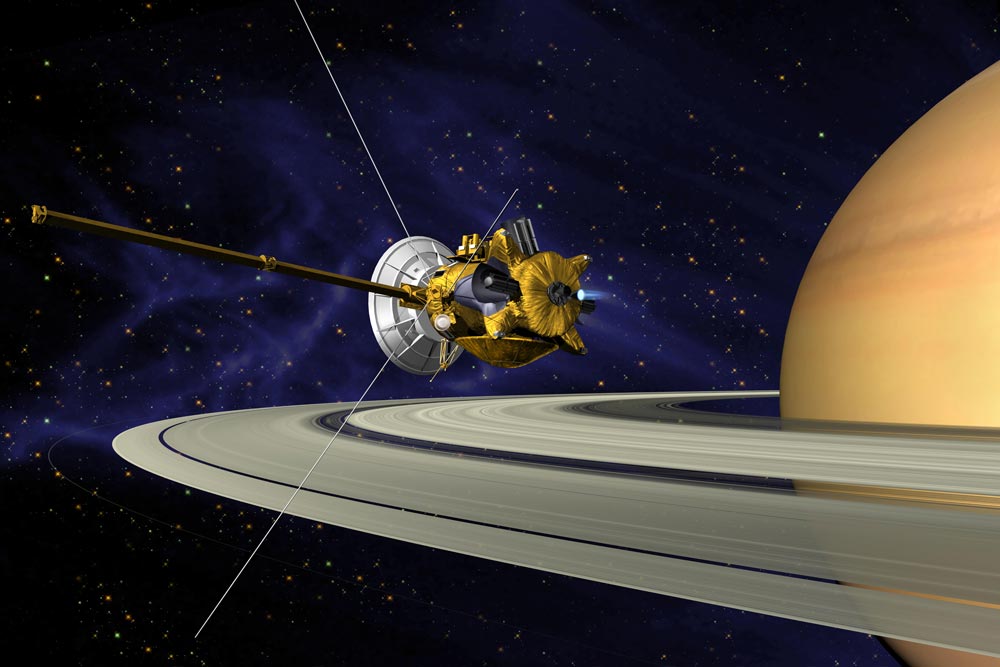
New research by NASA hints of Saturn rings as being very old indeed, far older than previously thought. As they have been around since the solar system was in its infancy, for about 4 billion years.
This new data is provided by the space probe Cassini and its visual and infrared mapping spectrometer (VIMS). This data also shows the rings to mostly consist of water and ice.
The researchers also hypothesize that this water and ice must be too great to have been deposited by passing comets. The researchers instead suggest that the rings were formed when the solar system itself was being formed out of the nebula preexisting before the whole system – from what all of which within was made of, including our sun.
With Jupiter and its rings residing so far away from the sun, the temperature is cold enough to preserve the ice. As most comets consisting of from H2O ice does today also reside in a large orbit around the solar system, beyond the planets and far away from the sun’s radiation.
The researchers also conclude that the recent coloring on the rings’ surface is due to “pollution” from meteoroids originating beyond the solar system.
Gianrico Filacchione is a Cassini participating scientist at Italy’s National Institute for Astrophysics and has published a paper on the discovery, said at a NASA press conference:
Studying the Saturn system helps us understand the chemical and physical evolution of our entire solar system. We know now that understanding this evolution requires not just studying a single moon or ring, but piecing together the relationships intertwining these bodies,”
Linda Spilker, Cassini project scientist, based at Jet Propulsion Laboratory, said at the same news conference, “Observing the rings and moons with Cassini gives us an amazing bird’s-eye view of the intricate processes at work in the Saturn system and perhaps in the evolution of planetary systems as well. What an object looks like and how it evolves depends on a lot on location, location, location,”.
_________________
Saturn is Like an Antiques Shop, Cassini Suggests
__________________________________











![OpenAI. (2025). ChatGPT [Large language model]. https://chatgpt.com](https://www.illustratedcuriosity.com/files/media/55136/b1b0b614-5b72-486c-901d-ff244549d67a-350x260.webp)
![OpenAI. (2025). ChatGPT [Large language model]. https://chatgpt.com](https://www.illustratedcuriosity.com/files/media/55124/79bc18fa-f616-4951-856f-cc724ad5d497-350x260.webp)
![OpenAI. (2025). ChatGPT [Large language model]. https://chatgpt.com](https://www.illustratedcuriosity.com/files/media/55099/2638a982-b4de-4913-8a1c-1479df352bf3-350x260.webp)








